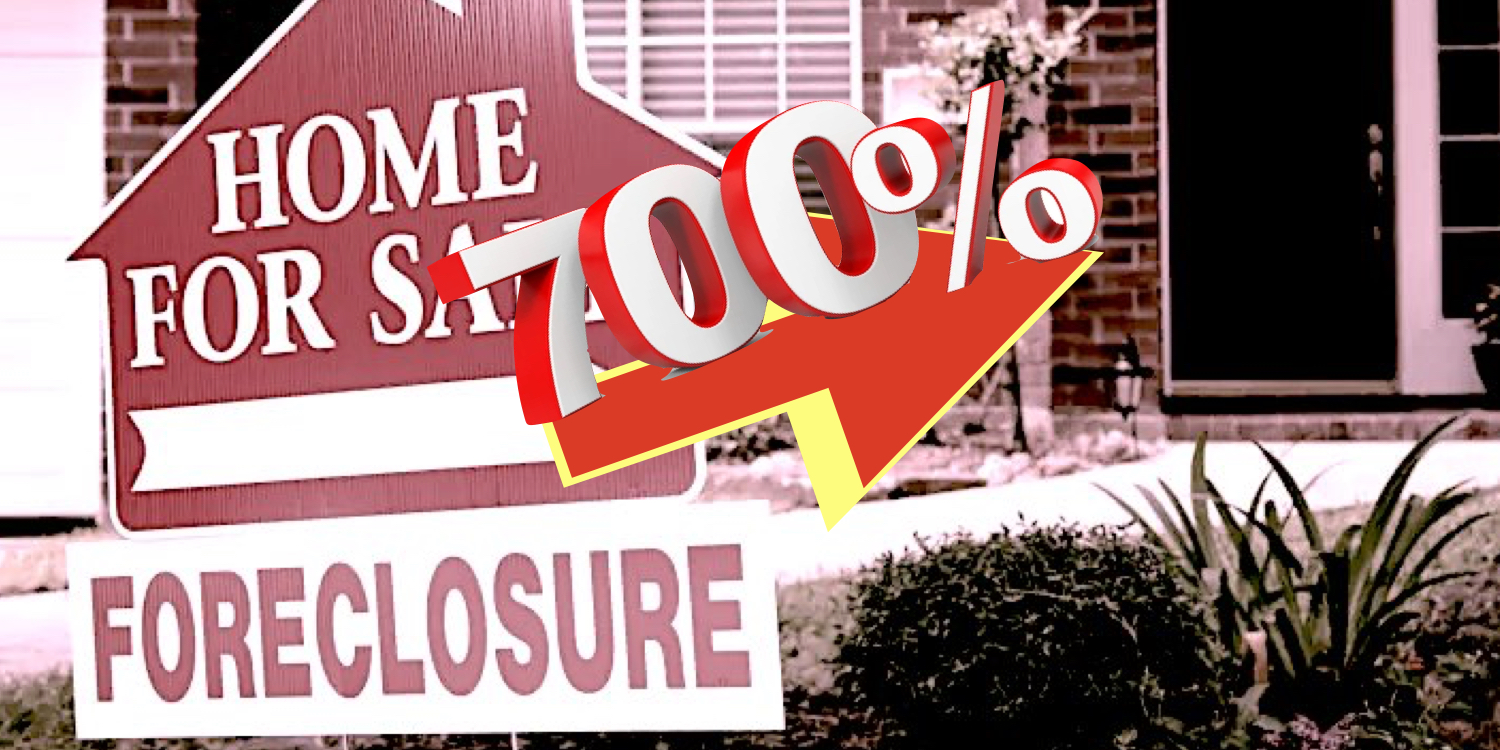Home prices must drop in these markets. Here’s why.
Continue readingForeclosure starts surge 700%
Foreclosure starts are up 702% from December to January with 32,900 loans. What does this mean for the housing market and reverse mortgage lenders?
Continue readingIt’s only up from here
If we’re at the new norm of industry-low volume, what’s next?
Reverse Market Insight’s recap of June 2019 endorsements states, “2,500 endorsements per month is the default volume setting for the industry right now”. Calculate that out and that would equate to a new low in annual HECM endorsements totaling just over 31,000 loans insured by the FHA this fiscal year (which ends September 30, 2019).
“It’s only up from here” (anonymous)
If there’s a silver lining it would be that perhaps we’ve reached a functional low for HECM loan volumes. Functional in the sense that the remaining large lenders and brokers have found a way to succeed in today’s market.

For those watching our industry’s volume plummet with a growing sense of unease, consider the following:
- Our distribution network has been sharply reduced with the exit of Wells Fargo, Bank of America, MetLife, Generation Mortgage, and most recently LiveWell Financial.
- We no longer have a national brick & mortar distribution network with the absence of the largest national banks who once marketed and originated HECMs.
- Loan proceeds have been reduced considerably with a series of principal limit factor reductions that began in 2009 and accelerated in subsequent years with the most recent reduction in October 2017.
- Only one national lender is consistently seen on American’s TV sets; AAG’s Tom Selleck ads continue in the lender’s national marketing campaign.
- Private or proprietary reverse mortgages are gaining popularity; just how much remains to be seen as lenders are not reporting loan volumes presently. The increasing popularity of these loans may be slightly depressing HECM volume.
- Interest rates remain low and further cuts to the federal funds rate are anticipated which may impact the LIBOR rates used on Home Equity Conversion Mortgages to the point where we breach the 3% interest rate floor. Prior to October 1, 2017, the HECM interest rate floor was 5%. Notwithstanding any further PLF cuts, this should increase borrower proceeds.
- The U.S. median home price was $334,400 in Q4 of 2013 and stands at $377,700 in Q1 of 2019. That’s a 12-percent increase on average, with several markets, far exceeding the median price.
- While principal limit factors (PLFs) have been reduced 30% on average since 2013, increasing home values have offset the net reduction to an approximate 12-percent net reduction in proceeds using today’s current PLFs compared to the 2013 tables which stopped at 5% (interest rate floor).
- Select originators are reporting an increase in monthly loan volume.
Barring any further reduction of PLFs or additional restrictions, we may have tested the bottom of the lowest volume of HECM loans. If that is the case, it’s only up from here.



